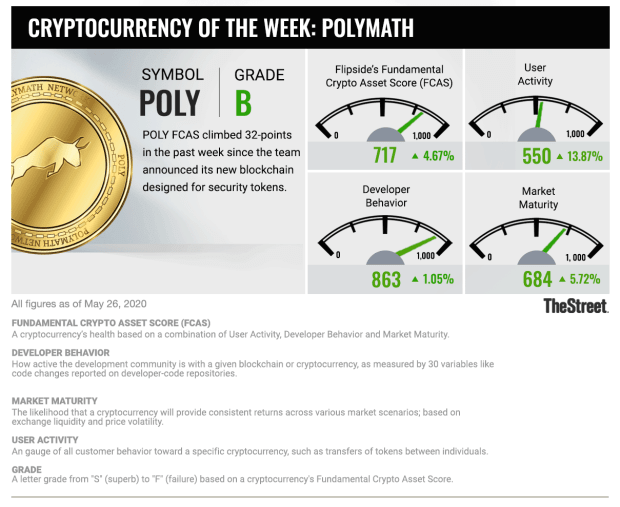

Sybil resistance ↓ Each individual or entity can only have a single identity, which prevents an attacker from creating many pseudonymous digital identities to gain undue influence over the chain.Polymesh builds identity into the core of the chain, which brings about a number of key advantages.

residency, accreditation, or KYC status) and are used to automate compliance rules around ownership and transfer. Attestations can be thought of as on-chain evidence verifying an attribute of a user’s identity (i.e. Stage 2 - Attestation ↓ The second layer, which is managed by the issuer or their agent, controls access to the specific asset through attestations attached to the identity as needed.Once complete, any accounts a user creates, or assets they hold or transfer will be securely and confidentially connected to this identity. Stage 1 - Verification ↓ Firstly, every user validates their identity through a basic customer due diligence (CDD) process that verifies their name, date of birth, and place of residence in real-time.This modular two-stage approach to identity verification allows for efficient onboarding as well as specific checks. Polymesh streamlines this process by creating a single identity on the chain for each real-world individual or organization and then attaching attestations to their identity as needed. Compliance and convenience Identity VerificationĪnonymity is a key principle of many blockchains, but this ethos makes it very difficult to meet compliance requirements around identity verification and to fulfill Know-Your-Customer (KYC) obligations.


 0 kommentar(er)
0 kommentar(er)
